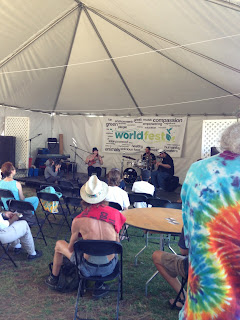This should make tons of sense since our bodies have a strong likeness to the environment as we share the same organic compounds and chemical makeup. It is starting to become common knowledge that the livestock industry contributes most of the environmental pollution we see today. The livestock industry generates more greenhouse gas emissions than transportation! And you thought the car was the only enemy. Well, they have nothing on the meat you are probably chowing down on right now.
 © Barilla Center for Food and Nutrition
© Barilla Center for Food and Nutrition
The food pyramid, which sits like a regular pyramid, features fruits and vegetables across the bottom, as the healthiest things for us to be eating, followed by grains, dairy, fish, eggs, and meat.
And before you argue that "meat is needed because it is the main source of protein", let me tell you that you are WRONG. More protein can be found in a piece of broccoli than you can ever find in a fork full of meat. You are only consuming the protein the animal ate. So don't be lazy, go straight to the source and eat your own vitamins!
If you have a minute and you just LOVE me, check out this video in its entirety and I will love you forever!






















































